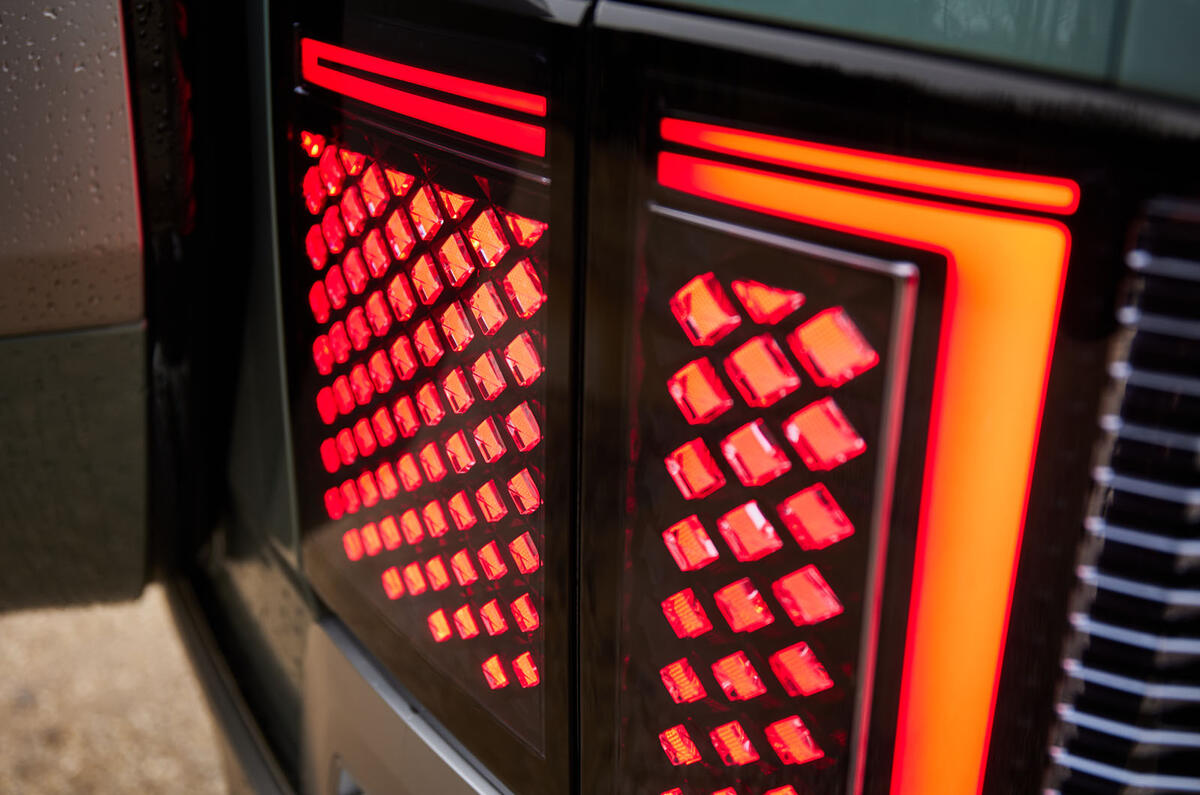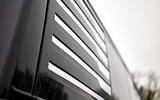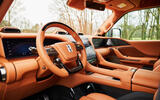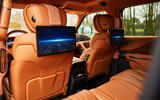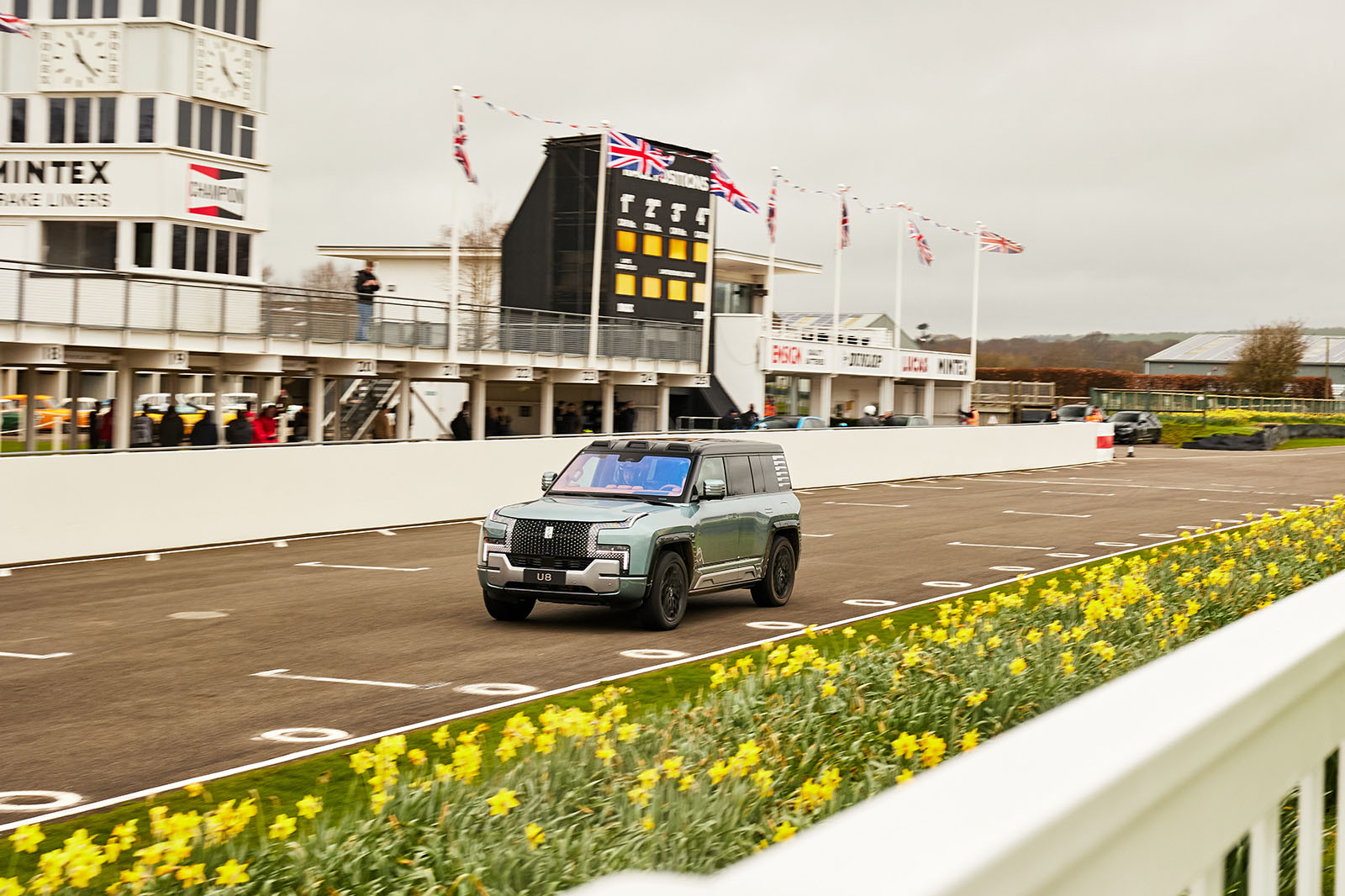Don’t you hate it when you take a wrong turn on the way to the office and end up in a lake? Clothes are ruined, car’s ruined, and the people fishing get cross. Well, the Yangwang U8 is here to help, because it can float for 30 minutes and even motor itself out by spinning the wheels. Allegedly.
A Yangwhatnow? Yangwang is the prestige brand of BYD, and although there are no official plans to sell it in the Europe yet, the firm’s executives are strongly considering it, and the fact that they’re showing the U8 to a bunch of UK journalists does say something.
Yangwang isn’t pronounced the way you might expect it to be, by the way. The ‘ang’ bits sound more like the ‘aww’ you might say to a cute kitten. Still, if you ask representatives whether they’ll actually call it that if it comes to Europe, the reaction varies from “we’re thinking about it” to “probably not”. It means something along the lines of ‘to look up at the stars’, but I don’t think they’re particularly attached to the name, given the brand was only launched a year ago in China.











